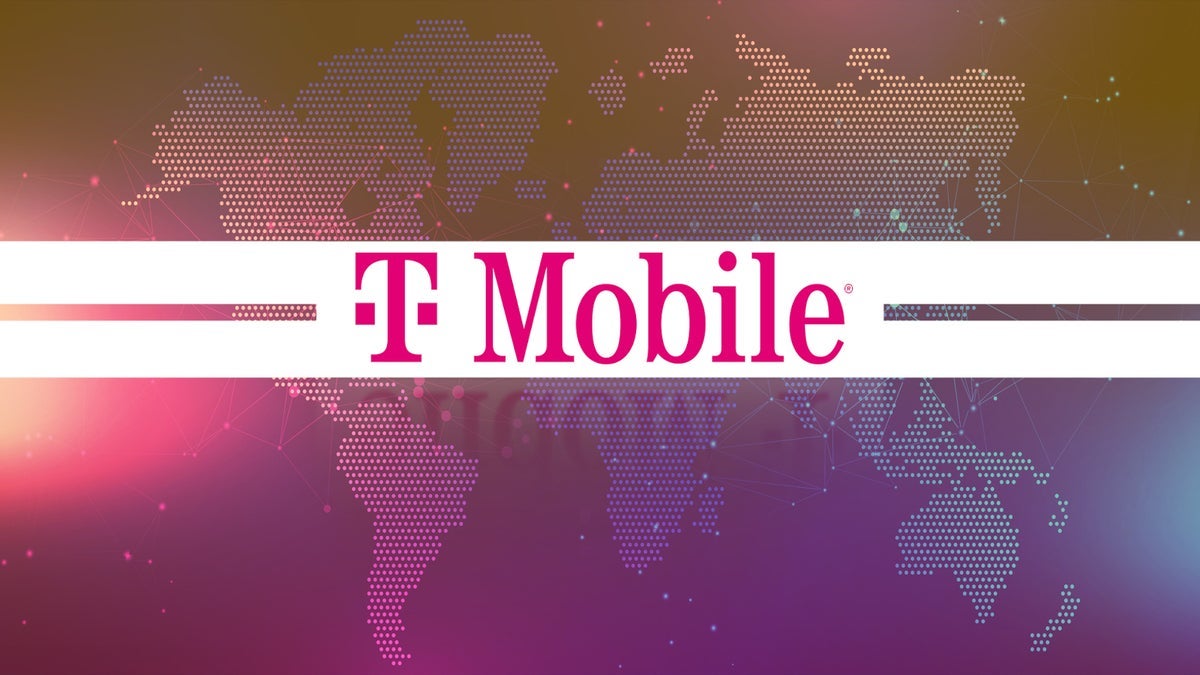After clashing over which company can say it
"truly prioritizes first responders" and then confronting over which is the
"first and only" carrier to offer satellite messaging,
Verizon and
T-Mobile are at it again.Now, the beef is
over a $9 billion plan for rural 5G expansion –
T-Mobile wants the FCC (Federal Communications Commission) to delay it. The Magenta company argues that the $42.5 billion plan by the acronym of BEAD (Broadband Equity, Access and Deployment program) will itself expand broadband, including fiber that could support future mobile networks.
Verizon, standing in the opposite corner of the ring, opposes the delay and I completely understand: after all, the telco could expand its 5G network with government support.
T-Mobile has urged the FCC to delay its planned 5G Fund auction, arguing that the influx of federal and state funding, combined with ongoing private investment, makes the move unnecessary at this time. The company suggested that, given the scale of these financial commitments, the auction might not even be needed at all.
T-Mobile has already sought funding through the BEAD program in states like Louisiana, where it partnered with local fiber providers to secure a provisional grant. However, that funding, approved in the final months of the Biden administration, is currently stalled as the Trump administration considers modifying program rules, including a potential shift in focus away from fiber expansion.
With uncertainty surrounding the program, many states have yet to submit their proposed projects. Louisiana, however, had planned to use BEAD funding to improve mobile coverage by extending fiber infrastructure into underserved regions.FCC Chairman Brendan Carr, who was a commissioner when the 5G Fund rules were adopted in August 2024, had opposed the decision for reasons similar to those raised by
T-Mobile.Rural wireless carriers have also pushed for changes to the 5G Fund, advocating for broader eligibility by raising the speed threshold, modifying coverage maps to reflect in-vehicle usage rather than stationary outdoor users, and increasing the program’s budget.

